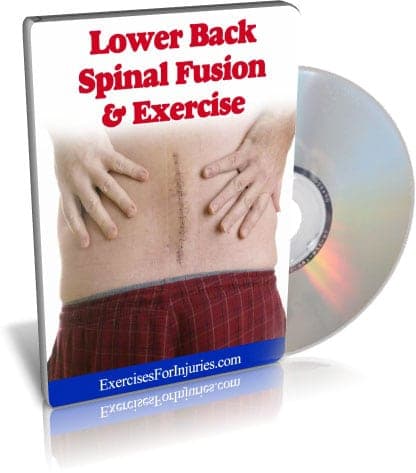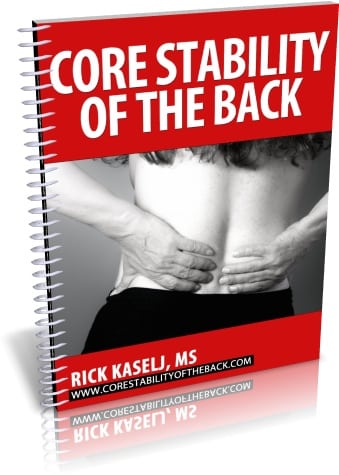
Spinal fusions have been used as a treatment for chronic pain in patients who have failed other medical treatments and in those who require higher levels of pain relief or immobility for treatment.
Spinal fusion surgery is a surgical procedure that involves joining two or more vertebrae into one new vertebra. There are two types of spinal fusions: discectomy and fusion. A discectomy removes the herniated disc that is causing the patient’s pain. A fusion involves joining two or more vertebrae into one new vertebra.
Successful spinal fusions can improve back pain relief and walking ability. However, not all spinal fusions are successful. Some patients who have had fusion surgery have chronic pain or have suffered complications.
The length of time you spend in bed, the severity of your back pain, your weight, your medications, your medical history, and your general health all play a role in determining if you are a good surgical candidate for a spinal fusion.
I just got a question about the Lumbar Fusion Exercise Program.
I thought the answer would interest you.
I have just started the program today!
I got surgery (fusion of D12 with D11 and L1 after a fracture) on August 25, and I have been doing, for the last three weeks, a first rehab program (walking on the treadmill, aquatic walking, and some basic strengthening exercises). I found your program very helpful, especially for the following stages. After one month of the surgery, I wondered what type of exercise would be appropriate for my case.
Regarding your proposal for Stages 2 and 3, can I assume that each one will last one month, with three sessions per week?
Best Regards,
PH
Thank you, PH.
It is great to hear that I can help many people overcome their injuries.
Let me answer his questions.
What type of exercises would be appropriate for me for a lumbar fusion?
You are on the right track. I would continue with what you are doing now. And I would continue walking on the treadmill, aquatic walking, and some basic strengthening exercises. I would start increasing the length of time and intensity that you do each at.
Let how you feel later that evening or in the morning be your gauge on if you did too much, too little, or just enough. You should feel like you have done something, not very sore.
One other thing that I would make sure to add is core stability. I do not mean people’s core stability exercises on the stability ball. Spinal fusion surgery often damages activities that activate and build muscle endurance and strength. It is important to do specific exercises that target these deep core muscles. I go through this in the Core Stability for the Back program.
Regarding your proposal for Stages 2 and 3, can I assume each one will last one month, with three sessions per week?
I have divided things up into months. So stage 1 would take a month, then stage 2 would be a month, and then stage 3 would be another month.
There may be some exercises that are too easy for you so that you can move up to the more challenging workout in stage 2 or 3. If the stage 1 exercise is too easy to plus, some people will feel good, and I find the stage 1 activity so that they will start at stage 2, this is fine.
Thank you for the questions. Please do keep sending them. I am so happy that I can help.
Rick Kaselj, MS





